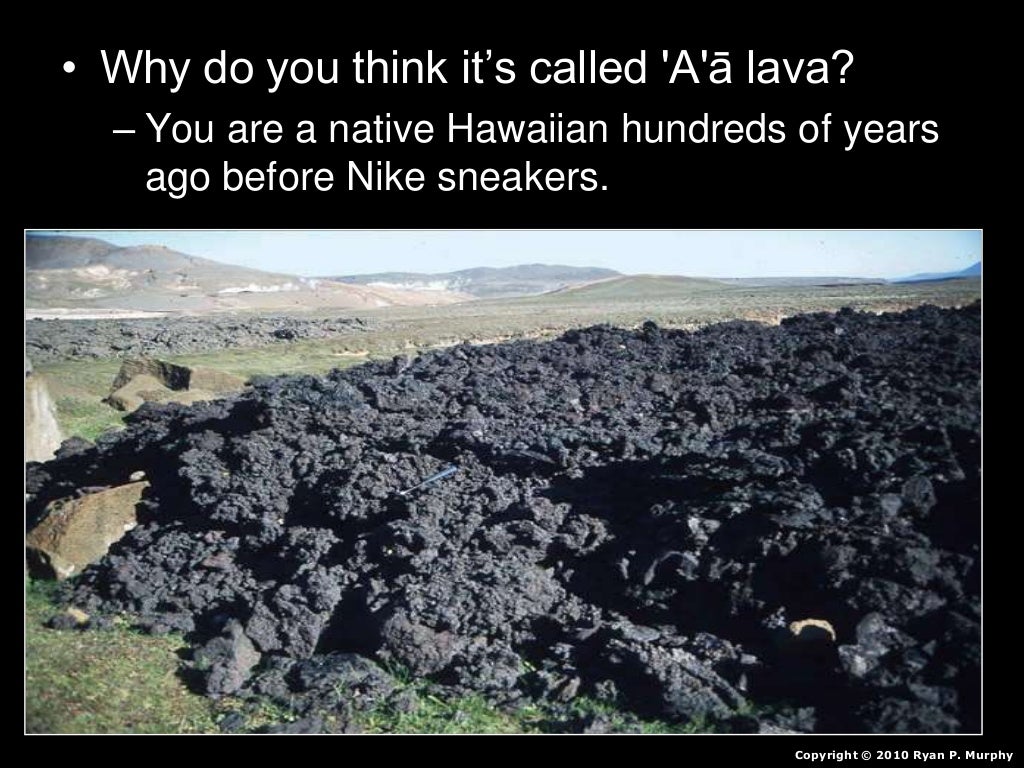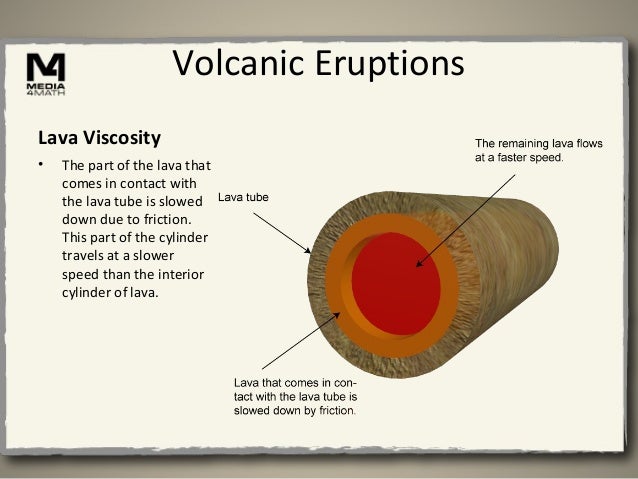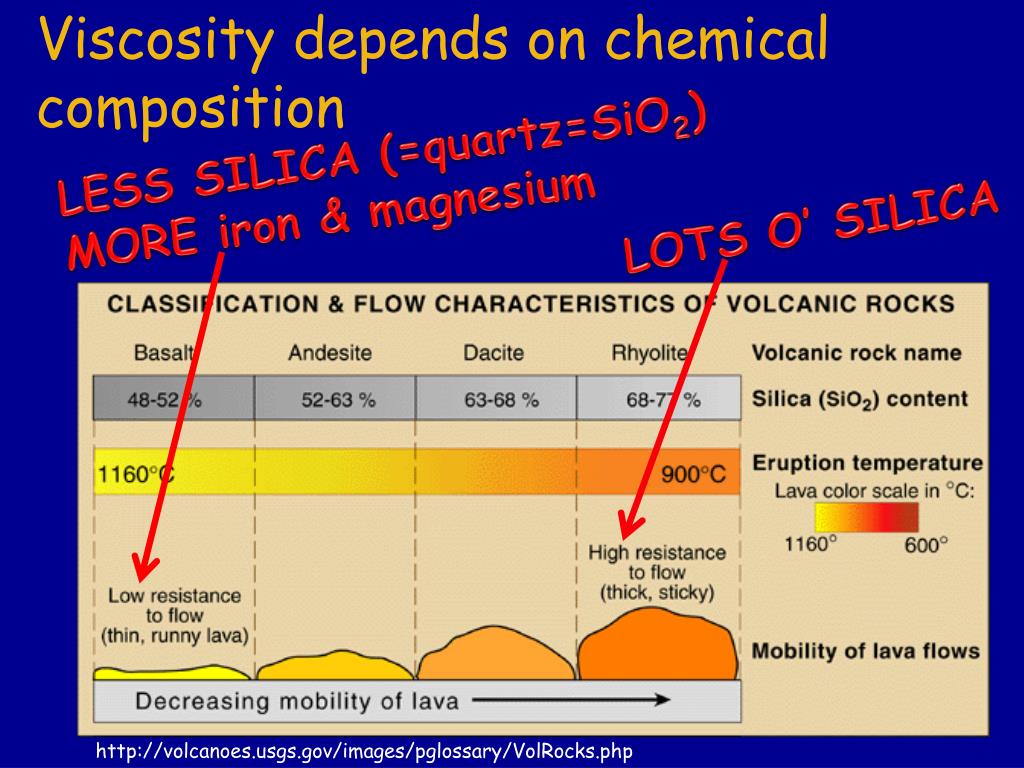

Among all known stony meteorites, only 0.54% are diogenites. Photo credits: top, Meteorites Australia bottom, Jon Taylor Diogenite Dhofar 700 is another vesicular volcanic meteorite. Among all known stony meteorites, only 2.3% are eucrites. This is one of the most vesicular meteorites of which the author is aware. A few eucrites and diogenites are moderately vesicular, however. ( Caveat: I am aware of one vesicle in a martian basalt ( EETA 79001). So far, there have been no vesicular martian or lunar basaltic meteorites discovered. Most common are the eucrites and diogenites which come from a large asteroid like 4 Vesta that had volcanoes, martian meteorites (Mars has some really big volcanoes), and about 5% of the lunar meteorites. Most such rocks among the meteorites are basalts. Most meteorites come from asteroids, and almost all asteroids are too small to have volcanoes, thus few meteorites are igneous rocks. Vesicles only develop in rocks that cool from a liquid – an igneous rock. Vesicular basalts may not survive the shock of being blasted off the Moon and passing though Earth’s atmosphere Photo credits: NASA. Someday a vesicular, basaltic lunar meteorite may be found but so far that has not happened. Note that the vesicles are round, not elongated, because lunar basaltic magmas had very low viscosity (it’s “runny”) and lunar gravity is low. At the top is sample 71155 from the Apollo 17 mission (cube is 1 cm) and at the bottom is sample 15556 from the Apollo 15 mission (cube is 2 cm). Vesicles in basalts from the Moon About 5% (I have not actually counted) of the large basalt samples collected on the Apollo missions to the Moon are vesicular. Chondrules in chondritic meteorites are not this light colored. Some lunar meteorites contain amygdules, however, that formed after the meteorite landed on Earth (see Shi şr 166, below). Lunar basalts are not amygdaloidal because the Moon is so dry that there are no fluids. Amygdules form when fluids containing dissolved minerals flow through a rock and deposit the minerals as solids in the vesicles. Photo credit: Randy Korotev.Īn amygdule is “a gas cavity or vesicle in an igneous rock which is filled with such secondary minerals as zeolites, calcite, quartz, or chalcedony.” Such a rock is said to be amygdaloidal. Elongated vesicles form when the lava flows and stretches the gas bubbles before it solidifies (sawn face). Highly vesicular volcanic rock is also known as scoria or pumice if the density is very low. Photo credits: Randy Korotev Vesicles that are not circular are called vugs. Right: Near-ocean vesicular basalt with whelk shells. Photo credit Randy Korotev Left: Vesicular basalt with olivine (olive green) phenocrysts. Basalts come in a variety of colors, mostly gray or black to rust colored. A meteorite fusion crust would not be this flat. As on the photo above, the glassy crust on top is where the molten lava was exposed to air and cooled quickly. Photo credit: Randy Korotev Vesicular basalt from New Mexico. Also, you can see the circular shapes of broken gas bubbles in the crust of this rock such features are rare in meteorite fusion crusts. Meteorite fusion crusts are usually smoother than this, however. The surface somewhat resembles a meteorite fusion crust. The exposed portion cooled quickly, leaving a glassy, shiny surface. The surface at the top of the photo is where the molten lava was exposed to air. Not all basalts are vesicular, but vesicular basalts are very common on Earth. CASCADES: The Cascades area long chain of stratovolcanoes in Washington, Oregon, and Central California.Basaltsand related volcanic rocks (andesites, dacites) form when volcanic lava or magma cools.INDONESIA: Indonesia is the most volcanically active including Mount Krakatoa which catastrophically erupted in 1883.ANDES MOUNTAINS: The Andes Mountains run along the western side of South America and are dominated by stratovolcano.MOUNT RAINIER: Mount Rainier is a stratovolcano and is the tallest mountain in the state of Washington.MOUNT FUJI: Mount Fuji is a dormant stratovolcano that last erupted in the early 1700s.Here are some examples of stratovolcanoes in the Pacific Ring of Fire:

This includes the deadliest volcanoes in Indonesia, Japan, and the Philippines. It brings water causing eruptions from stratovolcanoes. The Pacific Ocean seafloor is subducting under the continents.

The Ring of Fire is just a string of subduction zone volcanoes surrounding the Pacific Ocean.

If you travel along the Ring of Fire, these are mostly this type of volcano. Most stratovolcanoes are at subduction zones.


 0 kommentar(er)
0 kommentar(er)
